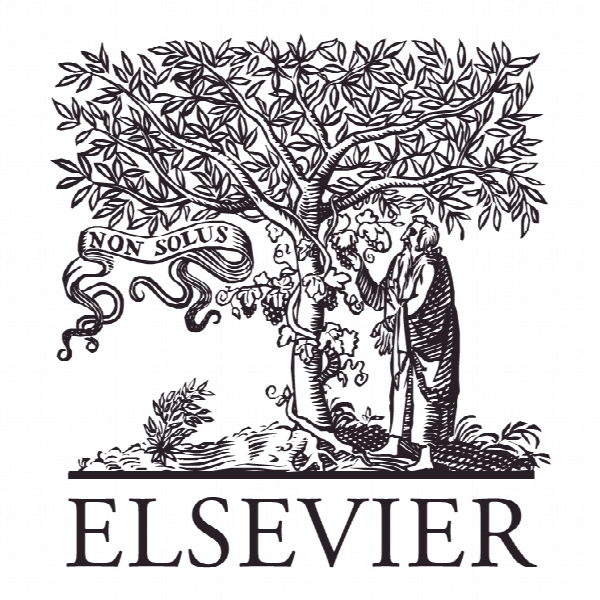مفهوم استراتژی سرمایه گذاری، اندازه گیری، و اعتبار: مجتمع تعامل با صاحبان سهام در معماری استراتژیک شرکت Enterprise strategy concept, measurement, and validation: Integrating stakeholder engagement into the firm’s strategic architecture
- نوع فایل : کتاب
- زبان : انگلیسی
- ناشر : Elsevier
- چاپ و سال / کشور: 2017
توضیحات
رشته های مرتبط مدیریت و اقتصاد
گرایش های مرتبط مدیریت استراتژیک
مجله مدیریت اروپایی – European Management Journal
دانشگاه گروه مدیریت و بازاریابی،امریکا
نشریه نشریه الزویر
گرایش های مرتبط مدیریت استراتژیک
مجله مدیریت اروپایی – European Management Journal
دانشگاه گروه مدیریت و بازاریابی،امریکا
نشریه نشریه الزویر
Description
1. Introduction Managers increasingly devote resources to support organizational relationships with stakeholders (Porter & Kramer, 2011) and stakeholder management research continues to grow in importance. Traditional approaches to stakeholder relationships examine corporate social responsibility (CSR) (Freeman, 1984) and the effects a firm’s voluntary initiatives, such as sustainability and philanthropy, have on financial performance. However, because CSR promotes “a split between the profit-making piece of business and the profit-spending or socially-responsible part” (Margolis, Elfenbein, & Walsh, 2007, p. 40), CSR does not provide a strategic perspective of how firms interact with their financial and social stakeholders. To this end, Freeman (1984) suggests: Isolating social issues as separate from the economic impact which they have, and conversely isolating economic issues as if they had no social effect, misses the mark both managerially and intellectually. While the corporate social responsibility literature has been important in bringing to the foreground in organizational research a concern with social and political issues, it has failed to indicate ways of integrating these concerns into the strategic systems of the corporation in a non-ad hoc fashion. (p. 40) In contrast to CSR, enterprise strategy (ES) offers a unifying construct, grounded in integrative analyses of both the social and economic demands placed on an organization, to help advance this highly-relevant research stream. ghly-relevant research stream. ES assesses a firm’s overarching social legitimacy (Schendel & Hofer, 1979) and reason for being (Freeman, 1984). ES also unites the financial and non-financial concerns of a firm by emphasizing value-based judgments as a primary component of decisionmaking and overall strategic architecture. These deeply-heldvalues are considered simultaneously with primary, external constituents’ interests (Freeman & Gilbert, 1988), and although the concept and its typology were developed over thirty-five years ago, limited empirical studies have followed. Nonetheless, the enduring concepts of values, ethics, negotiations, and motivations are held together by ES, making it more important than originally expected (Freeman, 2004).


